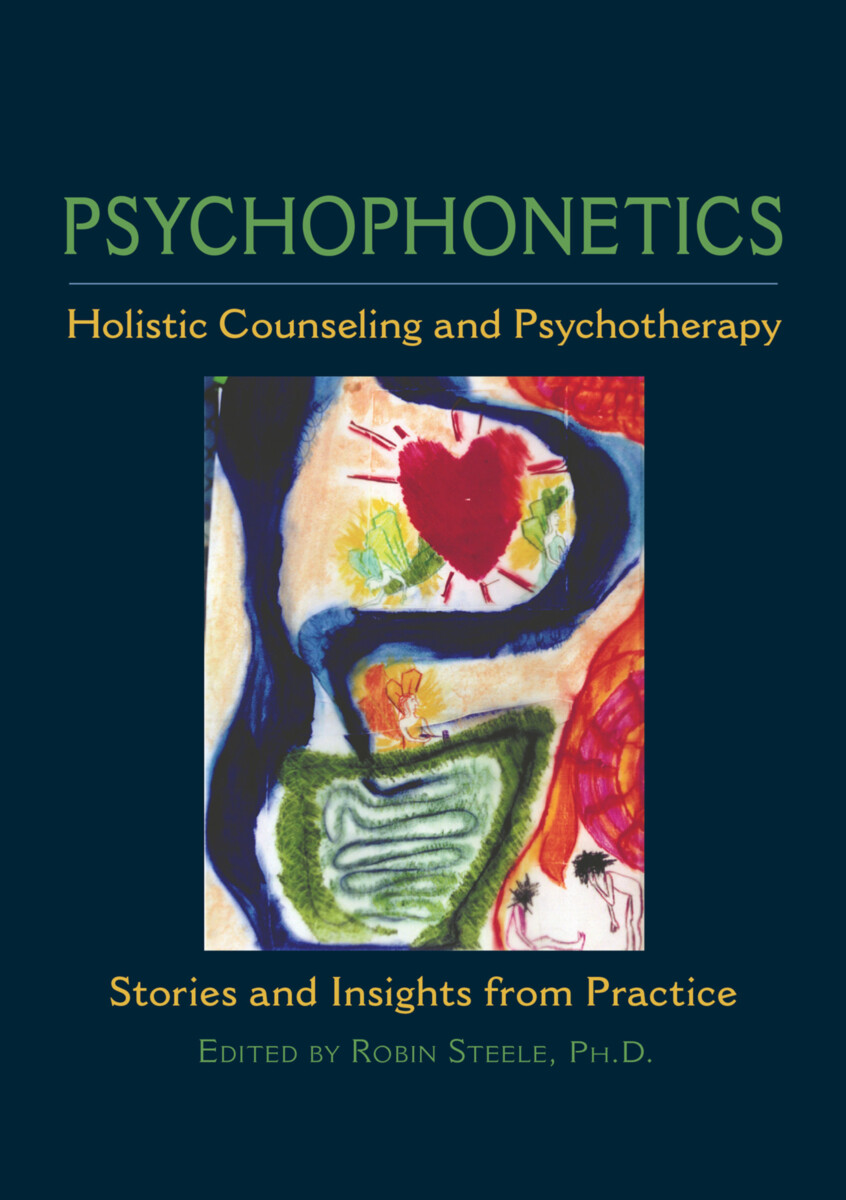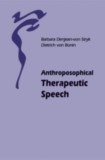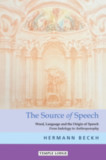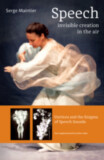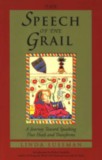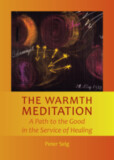Psychophonetics
Holistic Counseling and Psychotherapy: Stories and Insights from Practice
- Publisher
Lindisfarne Books - Published
1st June 2011 - ISBN 9781584200864
- Language English
- Pages 288 pp.
- Size 5.875" x 8.25"
“Psychophonetics is making a unique contribution in the field of personal and social development, counseling, psychotherapy, coaching, and artistic therapies. By extending verbal communication to include the deep intelligence of sensory, kinesthetic, imaginative and sound intelligence, Psychophonetics enables people to observe their own experience with an objective perspective. It empowers people to become their own authority in determining the meaning of their experience and opens a broad range of options for people to choose their own responses to life challenges and to own and transform their reactions, projections, and subjugation to sub-personalities. It enables the invocation of higher dimensions of one’s being, self-conceived and imagined, into everyday life, where it is needed for the possibility of new creation.” — Yehuda Tagar (preface)
The Psychophonetic approach to psychotherapy works with the whole human being in body, soul, and spirit. Founded by Yehuda Tagar and based on Rudolf Steiner’s Anthroposophy and Psychosophy, Psychophonetics is unique in its emphasis on a combination of conversation and action phases in counseling sessions. Through the language of experience and the language of soul, it uses a unique gesture-and-sound (nonverbal) approach in combination with body awareness, movement, and visualization—a method that goes beyond national, language, and cultural differences.
In Psychophonetics, the authors describe the practical applications of this field counseling and psychotherapy. The first part, by Robin Steele, introduces Psychophonetics—its background and context, an outline of its theory and methods, and the structure of a typical therapy session, as well as descriptions of client experiences.
Part two of the book is written by several Psychophonetics therapists and includes stories, research, and insights from their practice. The authors cover topics such as using artistic expression in illness and pain; working with past childhood sexual abuse; the art of conversation; using clay in therapy; grief and loss; self-parenting; menopause; cancer; case studies, and more. Drawings and poetry are included to show how creative expression in used in the counseling process.
This book is the essential introduction to Psychophonetics and the first book to focus on this emerging field of spiritually oriented counseling and therapy. Psychophonetics, is accessible and intended for professional and the general readers alike.
√ This is the first book specifically about Psychophonetics;
√ Stories and insights of practitioners show how Psychophonetics works in practice;
√ Case studies and descriptions of sessions reveal the therapeutic process and client experiences;
√ Theory, practice, and personal experiences demonstrate the benefits of Psychophonetics and knowing through experience;
√ Descriptions of creative, nonverbal ways of knowing that include body, soul, and spirit encourage readers to access their own creative forms of expression.
C O N T E N T S:
Preface by Yehuda Tagar
Foreword by Robin Steele
Part One: Introduction
1. "Background and Introduction to Psychophonetics" by Robin Steele
2. "Awakening to Human Experience" by Robin Steele
3. "The 'I AM' Awaking through Thinking, Feeling and Willing" by Robin Steele
Part Two: Stories, Research and Insights from Practice
4. "More Quickening than Light: The Surprising Gift of Conversation" by Linda Hall
5. "Cancer as a Threshold of Inner Healing: Clare’s Journey" by Yehuda Tagar
6. "The Inner Dimensions of Parenting and Self-parenting" by Robin Steele
7. "Recovery and Healing from Grief and Loss of a Loved One" by Rebecca Croad
8. "Forgetting and Remembering: A Path of Initiation" by Judy Greenberg
9. "Healing Past Childhood Sexual Abuse: Common Themes" by Yehuda Tagar and Robin Steele
10. "Art as Expression in Illness and Pain" by Arleen Hanks
11. "Transforming Anger through Clay Work" by Anne Holland
12. "The Character of Marijuana Craving and Its Impact on the Healing Process" by Jillian Fowler
13. "Working with Alcohol and Other Drugs: Psychophonetics Insight and Practice" by Susan Morrison
14. "An Eco-soul Bush Experience: Therapy in the Bush" by Adrian Hanks
15. "Darcy’s Journey out of Depression: A Case Study" by Merri Hughes
16. "Menopause: In-spiriting the Hot Flush" by Françoise Foster
References
Index
Resources in the Field of Psychophonetics
Robin Steele
Robin Steele, Ph.D., is a mother, teacher, educator, and counselor/psychotherapist who works with people of all ages. Her work of more than twenty years as an early childhood teacher and supervisor of teacher trainees led into a change of career in the early 1990s, when she was trained by Yehuda Tagar, the founder of Psychophonetics. Since then, she has practiced as a psychotherapist in medical clinics, private organizations, and private practice. Alongside counseling, she worked for several years as a college coordinator, teacher, and supervisor of trainee counselors at Persephone College in Melbourne. In 2005, Robin completed an anthroposophically based doctoral research thesis on the holistic nature of therapeutic change and transformation. Her professional affiliations include memberships in the Psychotherapy and Counselling Federation of Australia (PACFA); Society of Counselling and Psychotherapy Educators (SCAPE); Australian Anthroposophic Medicine Association (AAMA); and International Association of Psychophonetics Practitioners (IAPP). She currently facilitates personal development courses such as “The healing power of sound”; acts as a professional supervisor; and maintains a private psychotherapy practice. Robin is the mother of three grown children and grandmother of four.


